
Arbutus: diseases and treatments
our tips to carie for it properly
Contents
Planted in good conditions, in sunlight, in well-drained soil and sheltered from cold winds, the Strawberry Tree is resilient and not very susceptible to diseases and pests.
Yellow or brown leaves, dry, brown spots with small visible black dots on the leaves, the Strawberry Tree can, however, be quite frequently subject to attacks from aphids and foliar spots, particularly “Strawberry Tree Septoria”, both fortunately not serious. Whenever possible, we turn to treatments that are both virtuous and inexpensive!
Discover how to protect it from aphid attacks and diseases, how to combat septoria, identify it, prevent its appearance, and eliminate it to keep your Strawberry Tree splendid and vigorous in all circumstances.
The septoria leaf spot of the Strawberry Tree
The most common disease known for the Strawberry Tree is septoria leaf spot, a fungal disease caused by fungi. While it does not kill the tree, its related damage affects its aesthetic appearance and can diminish its vigour and compromise its fruiting.
Causes
This leaf spot disease is a fungal disease caused by a fungus (Septoria unedonis) that initially leads to the appearance of spots on the leaves, followed by leaf decline.
Symptoms
Attacks occur when the weather is mild and rainy, typically in summer and early autumn. The first symptoms of the disease appear during winter.
Brown to brown-reddish round or oval spots, sometimes dotted with small black points responsible for the outbreak, are visible on the leaves. They can spread until the leaf completely dries out, yellows, wilts, and falls prematurely. The fungus can contaminate the entire foliage, leading to widespread leaf drop.
What to do about it?
As a preventive measure
- Preventively, in autumn and late winter, spray the foliage every 15 days, once or twice, with bordeaux mix. Repeat if necessary.
As a curative measure in case of an attack
Initially, to prevent your strawberry tree from completely defoliating and to avoid a proliferation of the outbreak the following year, it is essential to limit contamination. This fungus is likely to spread to other plants, so it is better to be cautious!
- Collect and burn fallen and contaminated leaves to destroy the fungus
- Remove those that are spotted and ready to fall
- Treat at the first symptoms possibly with an appropriate fungicide or with bordeaux mix on the remaining leaves
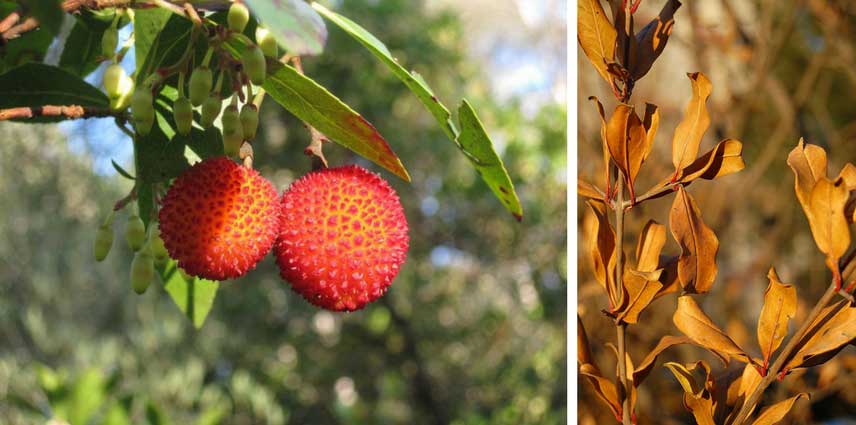
If your Strawberry Tree is affected by septoria, limit contamination by removing diseased leaves
Aphids
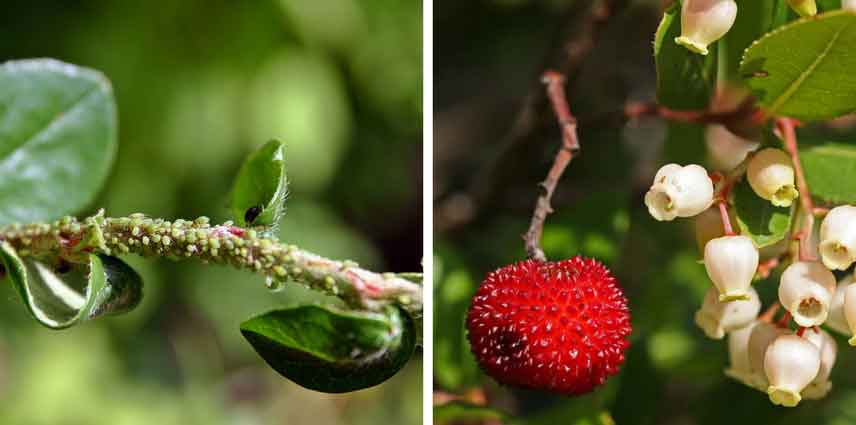
In the beautiful season, aphid attacks are common on the Strawberry tree.
In spring and summer, aphids tend to invade fruit trees, particularly the leaves of Strawberry trees. How can you combat these pests?
Symptoms
Leaves become distorted, curl up, and then turn yellow. Aphids excrete a sticky substance that encourages the appearance of a sooty powder, known as sooty mould, which is actually a black fungus.
Preventing the Attack
- Plant in a part of the garden plants like nasturtiums that are known to reliably attract aphids, which will leave the leaves of the Strawberry tree alone, as they act as a diversion!
In Case of an Attack
- Treat by spraying the foliage, initially, with water mixed with liquid black soap at a rate of one tablespoon per 1 L of warm water. If aphids are still present a few days later, repeat the operation or treat with a natural insecticide based on pyrethrum.
Discover other Arbutus - Strawberry tree
View all →Available in 3 sizes
Available in 1 sizes
Available in 2 sizes
Available in 2 sizes
Available in 1 sizes
Available in 1 sizes
Available in 1 sizes
Available in 1 sizes
Available in 1 sizes
Available in 1 sizes
- Subscribe!
- Contents































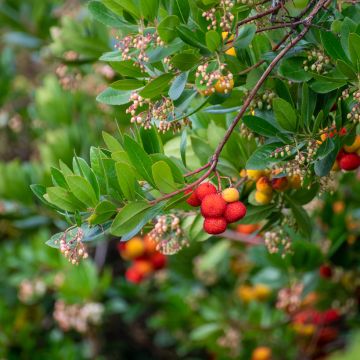
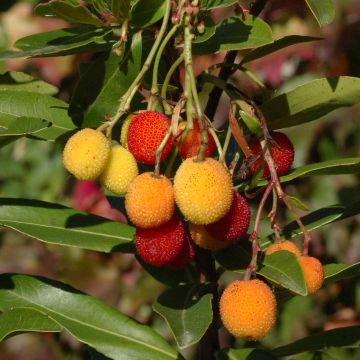
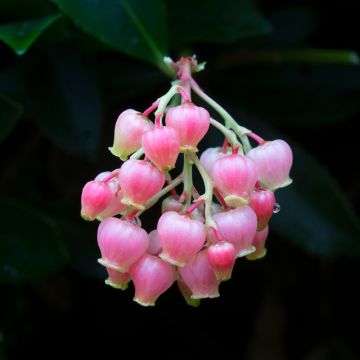
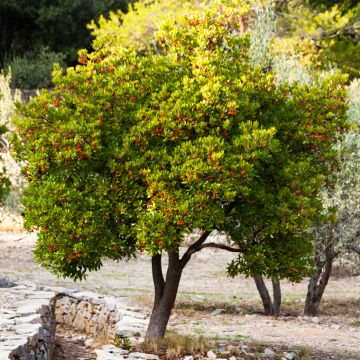
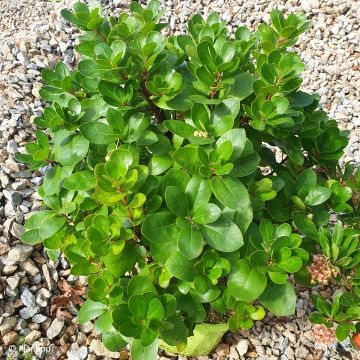
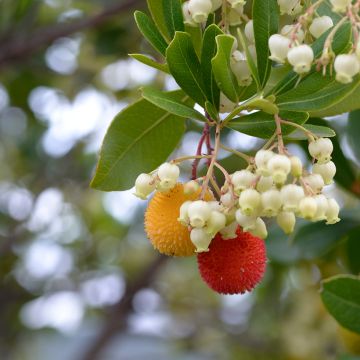



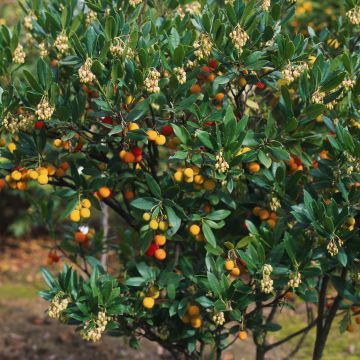
Comments